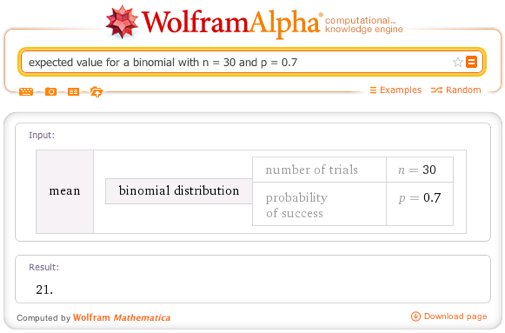Is P
Post on: 26 Сентябрь, 2015 No Comment

by Manshu on November 20, 2009
Last week I had a guest post at The Smarter Wallet discussing the concept of Cyclically Adjusted P/E Ratio (CAPE). which is essentially – P/E Ratio after taking into account earnings for the last ten years (adjusted for inflation).
One of the takeaways of that post was that CAPE gives you a fair indication of the price level a market is currently trading at. This is because the highest CAPE of the US Markets has been 46, while the lowest CAPE has been 6. The average has been 15, and any time CAPE is above or below that, there is a tendency to revert back to 15.
This reminded me of a post I did almost one year ago about Warren Buffet’s hamburgers, and market levels .
That post had a graph of the P/E Ratio of Nifty for the last ten years. Here is how that graph looked like. Remember, this data is till Nov 2008.
One look at the graph above indicates that the market was at relatively lower levels, and hamburgers were cheap.
Here is how the same graph would look like if we update data for the last year. This graph shows that the market has recovered, and has gone back above the average.
If you are a short term trader, then this information is useless is for you. Even if the market goes down to a P/E of 10, there is nothing that says it won’t fall to 5.

If you invest cash that you might need in the near future, this information is still useless for you. If the market goes down, and you need the cash, there is not much you can do except for sell at a loss.
However, if you are a long term investor, who invests his surplus in the stock market, this information can be useful. It can save you from investing at peaks, and selling at bottoms. If you have a long enough horizon, can wait for the market to rebound, and invest in fundamentally good companies, this ratio can help you get bargains.
The caveat here is that the P/E Ratio is one among many indicators that help understand the market; an undue focus on just this measure will be counterproductive. But, if you aren’t already using this measure as part of your analysis, it’s time you take a closer look at it.
If you have come this far, then I probably dont need to remind you, but there is no harm in repeating that this is just the opinion of your humble blogger, and not investment advice that you should act upon.














